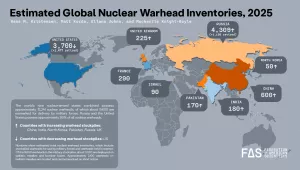Abstract
Since the 1979 revolution, Iran has sought to illicitly procure parts for the U.S. origin fighter aircraft sold to the country under the rule of the Shah. The U.S. has taken steps to quash this trade—these efforts have constituted a relatively large proportion of U.S. export control enforcement over the past near-to-four decades. This paper provides insights into the smuggling rings which have sought to procure these parts for Iran’s Air Force, seeking to draw conclusions regarding the evolving shape of these networks and the types of actors involved in this trade. It also provides a snapshot of U.S. export control enforcement efforts. In doing so, the paper seeks to contribute to the limited existing literature on Iranian illicit procurement of military goods. This area has received less attention than illicit procurement efforts for the country’s nuclear or missile programs.
Salisbury, Daniel. "Tomcat and Mouse: Iranian Illicit Procurement of U.S. Legacy Military Technologies, 1979–2016." Strategic Trade Review, vol. 3. no. 5. (Autumn 2017): 25–46 .
The full text of this publication is available via Strategic Trade Review.




